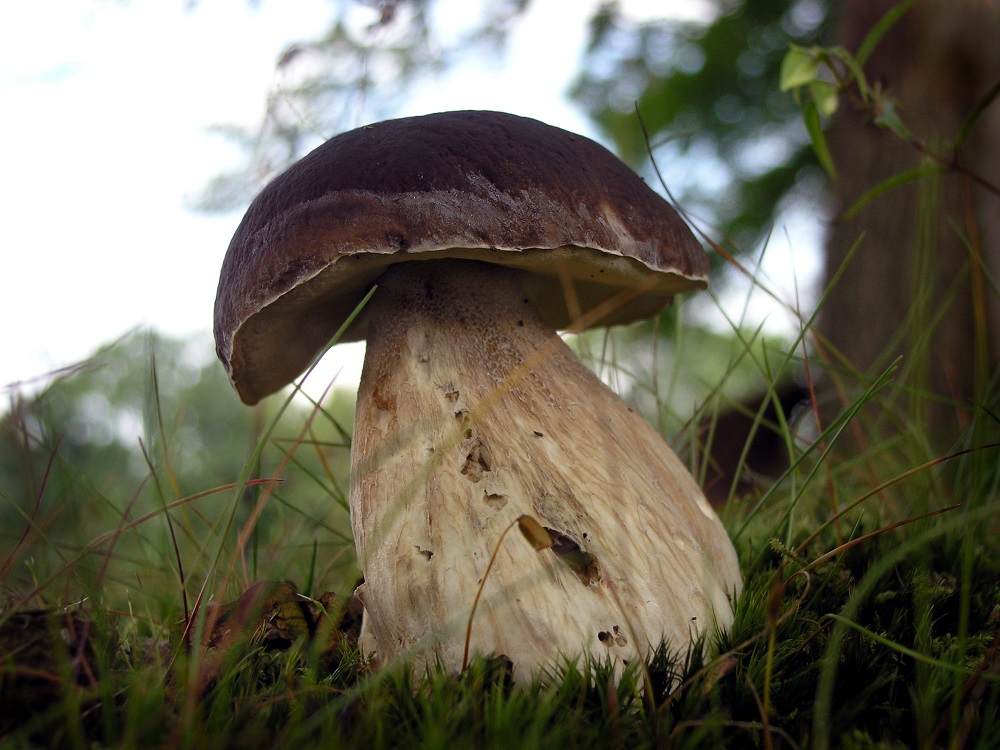The soil is hot: in agriculture, but how about forestry?
The soil has a vital role to play in our future circular economy. Agricultural soils attract a lot of attention of policy makers. Maintaining the productive function of the soil and its capacity to store organic matter and water are key issues. Soil biology is also in the spotlight. A great deal of time and money is invested in seeking to understand the role of soil biology in rendering ecosystem services. Soil scientists are truly cheering. Nevertheless, some questions remain unanswered: what is happening with the soil in our forests? Which part do forests play in the transition to a circular and climate-neutral economy? What is the role of soil diversity? Important questions, especially when one realises that forests cover 11% of the total land area of the Netherlands.
Authors of this blog: Saskia Visser, Wim Ozinga, Joop Spijker (Wageningen Environmental Research)
In the 2016 Action Plan Bos en Hout, forest managers agreed to increase the intensity of harvesting in the forests. This led to more stem-wood, branch-wood and smaller wood being transported out of the forests. This more intensive harvest offers space for storing extra CO2 in (parts of) houses and buildings, toys and furniture, in case it would be retained in our bio-economy for a longer time, besides new forests being planted. This could be called a beneficial development. However, with a more intensive wood harvest also extra nutrients are being removed from the forests. So this is the question: what is a sustainable nutrient balance as seen from the viewpoint of a sustainable wood harvest? And what part can soil ecology play in all this?
Nutrient availability
Because of the high nitrogen deposition by agriculture, traffic and industry, Dutch forest’s soils have more than enough nitrogen available. Forests on sandy soils, by contrast, have only a limited supply of other important macro-nutrients, like phosphorus, calcium, potassium and magnesium. The availability of nutrients is determined by natural processes like deposition, weathering and leaching. Of course, the wood harvest (outflow) also has a large influence on the total nutrient balance [1].
It is necessary, in order to be able to say anything about the effect of wood harvest on the nutrient balance of forests, to make a comparison between a possible increase or decrease of nutrients with the available supply. A negative nutrient balance means that there are more nutrients being drained by leaching and harvesting, than added by weathering and deposition. This can have an effect on the growth and vitality of trees. Many studies indicate that it is mainly nitrogen that is of influence on the growth of trees, but also phosphorus and potassium play a role in this. So we can speak of a nitrogen-surplus in the Netherlands. The supplies of phosphorus, calcium and potassium in the soil are quite variable and that makes the availability of nutrients a possible factor, influencing the growth of trees.

Boletus Edulis (porcini mushroom). Photo: Wim Ozinga
Symbiosis with mushrooms
Wageningen Environmental Research has made, together with the Vereniging van Bos- en Natuureigenaren a brochure, that gives insight into the effect wood-harvesting has on the nutrient balance of sandy soils in the Netherlands. Indications per region are given for each combination of tree species, soil and harvesting degree, as to whether the available nutrient supply will increase, remain equal or decrease [2]. Quite useful, but how does soil biology fit in this story? Especially fungi visible as mushrooms above the soil, are living in symbiosis with trees. These perform a key role concerning the uptake of nutrients by trees. Mycorrhiza mushrooms provide a tree with nitrogen. The tree will, in return, provide the mushroom with sugars. Nature is built around scarcity of nitrogen. Many mushroom species provide trees with the nitrogen they cannot absorb sufficiently by their roots. This collaboration appeared to be increasingly not necessary, while nitrogen entered more and more into the forests via nitrogen deposition. The trees didn’t need the mushrooms much any more, causing many species to disappear or become rare. The trees don’t seem to really mind this. The reality is, that it will cause harm also to the trees.
Mushrooms also supply other nutrients, like phosphate and calcium, and deliver additional functions to the trees. They provide protection against stress factors like drought (climate extremes) and acidification (on sandy soils an aggravating problem). Besides this, they can bind large amounts of carbon in the soil. Most mycorrhiza fungi can only survive a couple of months without a tree-partner. The negative effect of the increase in nitrogen deposition could be intensified, in our new circular economy, when we would go around chopping wood without much thought. Clear felling, stark thinning and also rigoreus rejuvenation (lane-planting) could cause a risk of the soil ecosystem to be even further off balance. Through this, we cannot realise the intended effect, among which the increase of binding organic matter. No more doomsday scenarios.
Promoting mycorrhiza fungi in forest soil
A lot is still unknown about the role of mycorrhiza fungi in the forest soil. We do know that 1 gram of forest soil may contain up to a kilometre of thread, the fungus hyphea. Also, that with adhering to some rules of thumb, far-reaching damage to the soil ecosystem can be prevented. We could, for example, refrain from certain activities in areas that still have a high prevalence of various mushrooms. Rejuvenation of trees planted in lanes could be tackled gradually. The planting of new forests can start from a nitrogen-poor situation and then initiate the monitoring of mushrooms, for timely management corrections [3].
To be able to adjust on time, it is the question in what way mycorrhiza fungi can be promoted in a forest soil? And how could this improve the effectiveness in which trees make use of macro-nutrients (calcium, potassium, magnesium and phosphorus)? Answers to these questions will form a valuable extension of measures, that managers of multi-functional forests can consider when harvesting wood.
[1] De Vries et al. 2019: https://library.wur.nl/WebQuery/wurpubs/fulltext/470548
[2] De Vries et al. 2019: http://edepot.wur.nl/470548
[3] Ozinga & Kuyper 2015; https://edepot.wur.nl/356752

